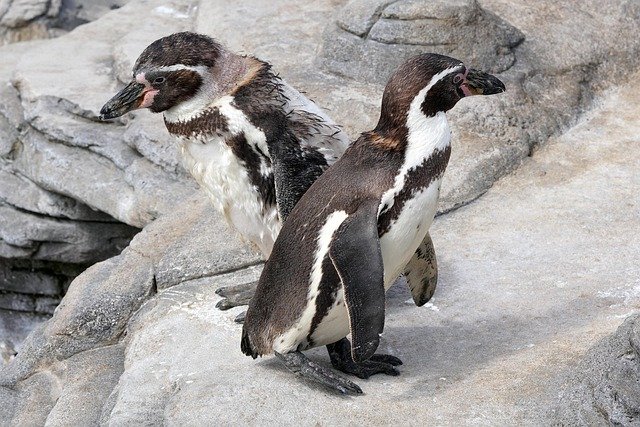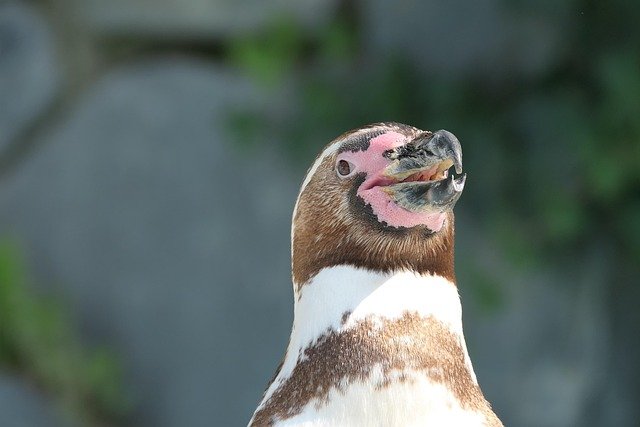**Topic: "The Social Lives of Penguins: Understanding Colony Dynamics and Communication"** In this post

The Social Lives of Penguins: Understanding Colony Dynamics and Communication
Penguins are not just adorable creatures that waddle across icy landscapes; they are also fascinating social animals with complex colony dynamics and communication strategies. In this post, we will explore the intricate social lives of these flightless birds, highlighting how they interact within their colonies and the unique ways they communicate.
Colony Dynamics
Social Structure
Penguin colonies can range from a few dozen to several thousand individuals, depending on the species and location. Within these colonies, a hierarchical social structure often emerges. Dominant individuals may have preferential access to resources such as food and nesting sites, while subordinate members may have to navigate their way around these established social norms.
Breeding and Parenting
Breeding season is a critical time for penguins, and the dynamics within the colony shift dramatically. Many species, like the Emperor Penguin, exhibit a unique form of cooperative parenting. Both parents take turns incubating eggs and feeding their chicks, showcasing a level of teamwork that is essential for the survival of their young. The social bonds formed during this period can significantly influence the overall health and stability of the colony.
Foraging and Feeding
Penguins are also known for their collaborative foraging strategies. Some species, such as the Gentoo and Macaroni penguins, often hunt in groups, which increases their chances of locating food. This cooperative behavior not only enhances their individual success but also strengthens social bonds within the colony.
Communication Methods
Vocalizations
Penguins are renowned for their vocal communication. Each species has a distinct repertoire of calls used for various purposes, including mate attraction, chick calling, and alerting others to potential threats. For example, the Emperor Penguin's loud and unique call allows mates to locate each other amidst the cacophony of a bustling colony.
Body Language
In addition to vocalizations, penguins employ body language to convey messages. Behaviors such as bowing, flapping, and preening can indicate aggression, submission, or courtship. Observing these non-verbal cues provides insight into the social interactions and relationships within the colony.
Visual Displays
Some penguin species, like the African Penguin, use visual displays to communicate during mating rituals. These displays can include specific postures, movements, and even the presentation of pebbles, which are often used as gifts during courtship.
The Importance of Social Interactions
Understanding the social lives of penguins is crucial for several reasons:
Conservation Efforts: Knowledge of colony dynamics can inform conservation strategies, especially in the face of climate change and habitat loss. Protecting the social structures of these animals is essential for their survival.
Behavioral Studies: Studying penguin communication and social interactions can provide insights into the evolution of social behavior in animals more broadly.
Ecosystem Health: Penguins play a vital role in their ecosystems, and understanding their social dynamics can help gauge the health of marine environments.
Conclusion
The social lives of penguins are as rich and complex as the icy habitats they inhabit. Through their intricate colony dynamics and diverse communication methods, these remarkable birds showcase the importance of social behavior in the animal kingdom. By continuing to study and understand these aspects of penguin life, we can better appreciate their role in the ecosystem and work towards ensuring their future in a rapidly changing world.
If you found this post interesting, feel free to share your thoughts or questions in the comments below! Let’s keep the conversation going about these incredible social animals. 🐧✨
